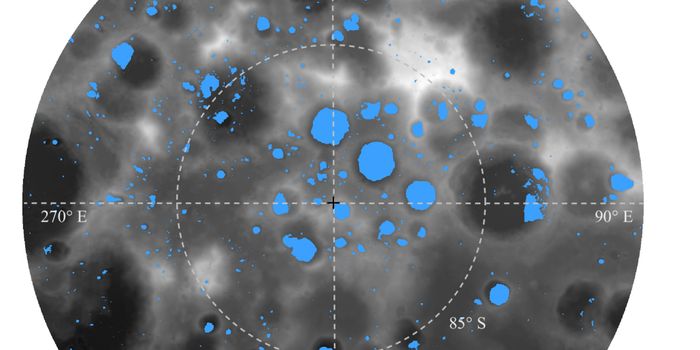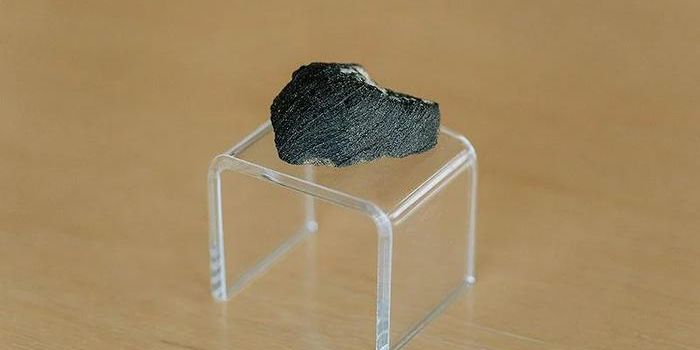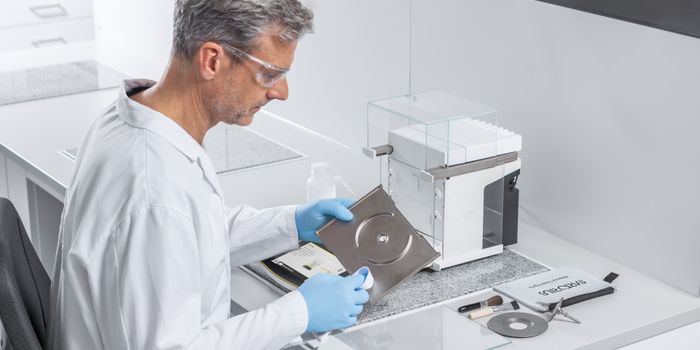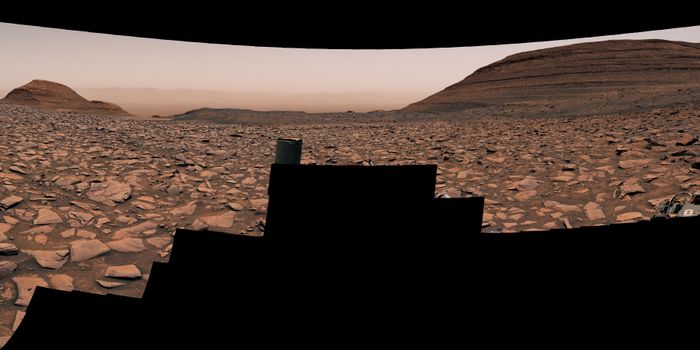Tackling Methane Emission: a Canadian Perspective
Back in July 2016, Canada, the U.S., and Mexico signed an agreement on reducing the emission of methane, a greenhouse gas that's 34 times more potent in warming our planet than carbon dioxide. To reach the goal set in the Paris climate agreement, the three amigos would have to slash 45% of their current level of methane release by 2025.
Take Canada for example, about 40% of the country's methane discharge happen within its western province of Alberta. Of all human-caused emissions in Alberta, 71% is contributed by its oil and gas sectors.
The release of methane happens at almost every step of natural gas and oil production. Certain scenarios of emission occur intentionally for safety and operational causes, while others are unforeseen.
Separators, the apparatus used to separate the emulsion of oil, water, and gas that comes out of every oil well, rely on pneumatic controls to regulate their internal pressure. To prevent over-pressurizing, these devices release fuel gas (the majority of which is methane) to the atmosphere. Some equipment allows the fuel gas to burn off (a process known as flaring), which can reduce the release of methane albeit wasting consumable energy at the same time.
In Canada, industrial, regulatory, and academic researchers are devoting their efforts to drive innovation to help resolve issues related to methane release.
Calscan Solutions an Albertan company created an electrically-powered control system, which eliminates the need for venting fuel gas. What's more, their device runs on solar power or batteries, which eliminats the need for gas generators or other non-sustainable power sources, making it a real "green" solution.
Unlike the controlled venting from pneumatic systems and oil wells, small, unexpected leaks of methane from pipelines and processing equipment, which is referred to as fugitive release, are difficult to detect and mitigate.
A Montreal-based company GHGSat developed a method to monitor fugitive release from aerospace. Different gases have their own absorbance of light at distinct wavelengths, which creates a signature spectral fingerprint. Their system use sensors mounted on satellites and aircraft to measure the amount of light absorption at specific wavelength at locations of interest, so that it can pinpoint and quantify unexpected methane emissions.
In a study led by Environment and Climate Change Canada, researchers at the federal agency developed an isotope-based method of detecting human-caused methane discharge. Their mobile analytical system can spot an increase of anthropogenic methane by continuous monitoring ambient CH4 with stable carbon isotopes (12CH4 and 13CH4) and ethane (C2H6).
Currently, reducing methane emissions is among the low-hanging fruit in drastically slashing anthropogenic emission of greenhouse gases. All these innovators have their eyes on capturing and reducing the release of methane by developing effective and inexpensive methods. Let's hope that these emerging technologies can make a real-world difference in reducing methane emissions.
Want to explore more on how technology can be applied in monitoring methane release? Check out this video from the United Nations:
Invisible Emissions - High tech cameras reveal methane leaks (UN)
Source: CBC









